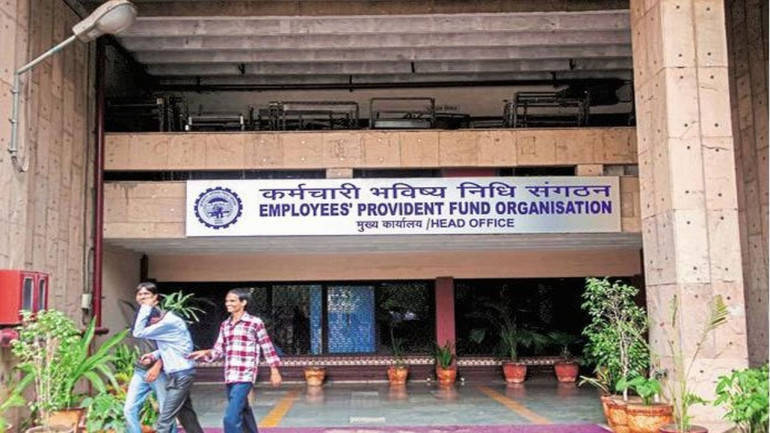
Navneet Dubey
Provident Fund accumulation is long-term saving intended to act
as a corpus for retirement.
Employees' provident fund is a superannuation benefit provided
to employees after the retirement. A certain percent of mandatory deduction is
drawn from the basic salary of an employee with a matching contribution from
the employer. The fund is managed by the Employees’ Provident Fund Organisation
(EPFO). PF accumulation is long-term saving intended to act as a corpus for
retirement. You can take loans and make withdrawals in between for specific
reasons if required.
Here are 10
things you should know about EPF:
EPF Act applicability
=> EPF has to be deducted if your
company employs 20 or more people. However, even if the company size falls
below 20, the EPF Act will continue to apply and your provident fund amount
will get deducted from your salary.
=> The amount
deducted throughout the year can be declared under Income Tax Act where one can
save their taxes.
=> The act is
applicable for the whole of India except the state of Jammu and Kashmir.
=> The EPFO
management decides the interest rate paid to employees every year which is
ratified by the Ministry of Finance. Currently, the rates for the financial
year 2017-18 is 8.55%.
EPF calculation
=> For an employee
earning up to Rs 15,000 as basic plus Dearness Allowance (DA) component, 12% of
it is deducted as his share towards EPF contribution.
“The employer too will
contribute the same amount; however, 8.33% of the basic plus DA component is
credited to the EPS (Employees’ Pension Scheme) A/c while the rest is credited
to the employee’s EPF A/c,” informs Naveen Kukreja CEO & Co-founder,
Paisabazaar.com.
=> If the basic
plus DA component exceeds Rs 15,000, the employee can contribute a higher
amount without any statutory obligation for the employer to make the same
contribution.
“In case an employer
contributes a higher amount, the employer’s contribution towards EPS will still
remain capped at 8.33% of Rs 15,000 and the excess amount will be credited to
EPF A/c,” added Kukreja.
=> Let's understand
it with an example: Assume that an employee earns Rs 30,000 as basic plus DA
component and both he and his employer decide to contribute 12% of Rs 30,000.
In this case, the employer’s contribution to EPS would be capped at Rs 1,250
and hence, employer’s contribution to EPF A/c would arrive at Rs 2,350.
EPF benefits
=> EPF money can be
withdrawn under certain circumstances and also for certain defined life events.
Plus, you can take a loan on your EPF.
=> EPF also has
unique features like providing capital for building a house. “EPFO has allowed
members i.e. the contributory employees of the provident fund scheme to use 90%
of EPF accumulations to make down payments to buy houses and use their accounts
for paying EMIs of home loans,” said Anil Rego, CEO – Right Horizon.
=> The EPF can be easily
transferred from one company to the other if one changes jobs.
Moneycontrolnews
No comments:
Post a Comment